The Palpation refers to touching and corresponds to one of the oldest and most fundamental examination methods. The best known palpation is that of the arteries to measure the pulse rate. Organs or tissue structures are also touched in order to identify pathological changes.
What is the palpation?

The term palpation comes from the Latin verb "palpare". Literally translated, palpare means to stroke. With palpation, medicine means the examination by palpation. Both directly accessible structures on the body surface and indirectly accessible structures under the skin or other cover layers can be scanned.
This examination procedure is the basis of all examination techniques in clinical practice and is one of the oldest procedures. Like auscultation, percussion and inspection, palpation is a physical or clinical examination. Under this generic term, the medical practitioner includes all examination methods that he carries out with his own senses and no or hardly any additional aids.
In the context of manual touching, the doctor wants to identify first indications of pathological processes in the internal organs or tissue structures. The inspection, on the other hand, means looking at the naked body. Auscultation is eavesdropping and during percussion the doctor taps the body. Often, palpation is combined with one of these additional clinical examinations.
Function, effect & goals
The most common and well-known palpation is that of the arteries, which is used to determine the pulse rate. A palpation can also take place on the eyeball, for example. Palpation at this part of the body can help the doctor assess the pressure in the eye. The abdomen or the lower abdomen are also often palpated in order to identify pathological processes in the abdominal organs.
The gynecologist, on the other hand, regularly palpates the female breast. This palpation takes place especially in the week after menstruation and may allow the doctor to identify lumps. During pregnancy, the gynecologist also palpates the uterus to check its growth in size. Palpations are also performed on the salivary glands and the ducts of these glands. For example, stones can be identified manually. On the other hand, palpation on the liver gives the doctor information about the consistency and size of the organ. These two properties can under certain circumstances reflect pathological processes.
When the lymph nodes are palpated, the doctor may recognize tumors or inflammations in different parts of the body. In addition to the above, body components such as the aorta, joints, testicles, prostate or muscles and tendons can also be palpated for pathological changes. When palpating, the doctor usually assesses five different properties. In addition to the size, he examines the strength, flexibility, mobility and also the sensitivity of the body to pain. In technical jargon, these five properties are also known as dimension, consistency, elasticity, mobility and tenderness.
On the basis of these five properties, the doctor can exclude or suggest appendicitis, for example, by palpating the appendix. Palpation takes place either manually or bimanually. In this context, manual means touching with one hand. With bimanual palpation, however, palpation takes place with both hands. Bimanual palpations usually scan abdominal organs. One of the hands slips into an examining role. The other hand brings the examining hand closer to the respective organ and thus enables palpation.
Risks, side effects & dangers
Palpations can be associated with pain for the patient. Sometimes even severe pain occurs, since the organ or body structure that is touched is absolutely indolent in terms of tenderness. Inflammation or other diseases of the tissue can also cause pain when palpating.
However, this pain is usually short-lived and usually subsides as soon as the pressure subsides. Since tenderness is an important point of reference during palpation, tenderness on pressure can ultimately even be helpful in making a diagnosis. Touching is usually not associated with any risks or side effects for the patient. However, certain palpations can feel uncomfortable. This applies, for example, to palpation of the prostate. This prostate palpation usually takes place rectally. To do this, the doctor penetrates the anus, which for many people is associated with an uncomfortable feeling. Protatapalpation is often preceded by enemas that are supposed to empty the bowel.
Most patients do not find this procedure particularly pleasant either. As a rule, the patient must not ingest any food before prostate apalpation. In spite of these circumstances, patients generally feel that the touch is generally less stressful than previously assumed. Palpation is sometimes referred to as a less sensitive and unspecific method. The result of a touch depends heavily on the ability, intuition and experience of the physician performing the procedure.
If a doctor has never palpated a prostate before, then it will be difficult for him to recognize abnormal tissue changes in the prostate, for example. Those who have little experience will also hardly be able to assess which clinical pictures the detected changes could indicate. Unlike in the distant past, palpation is therefore not sufficient today to make a diagnosis, but mostly only serves to clarify which subsequent diagnostic procedures could make sense.

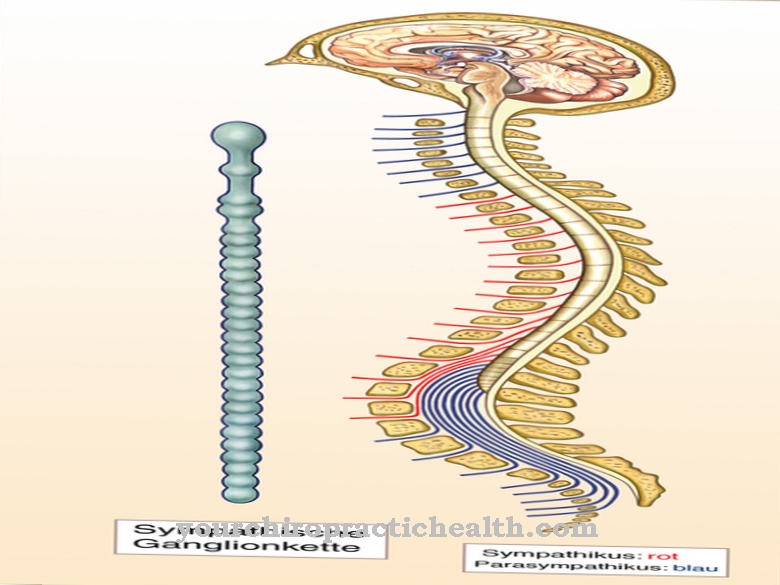
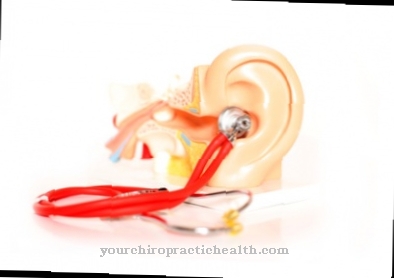
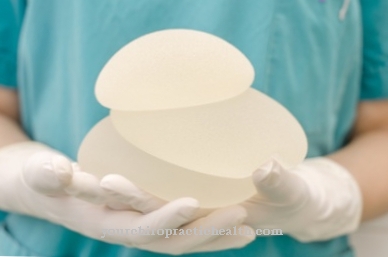
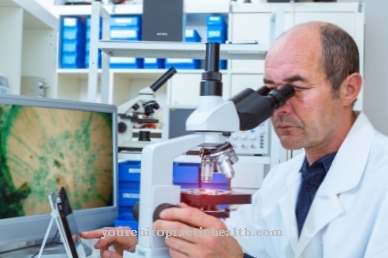
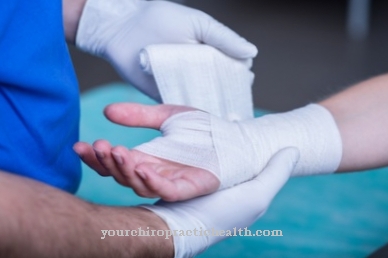






.jpg)



.jpg)










.jpg)
